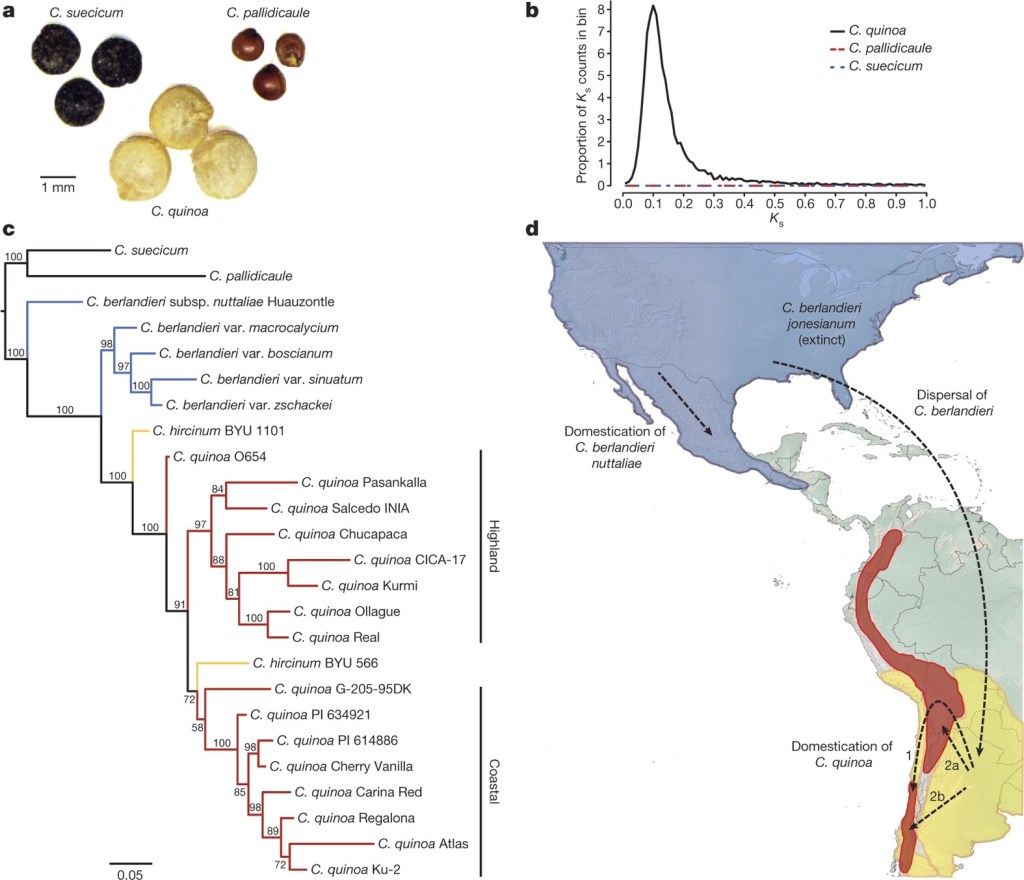
What it is to be a Substance? and What it is to Exist? We need to establish knowledge about the man and the world on a firm basis and the information it provides must be tested for its accuracy and consistency with an external reality. We have to make the fundamental distinction between the living and the non-living matter. The scientific advances of the 19th and 20th centuries reinforced the materialistic position concerning the basic similarity of organic living and inorganic physical matter. The man is viewed as a product of natural evolution and is thought to be subject to the same laws of Physics and Chemistry or mechanistic principles.

We need a methodology to study philosophy and to understand philosophical statements. Logical Positivism, also known as Scientific Empiricism aims to clarify concepts in both everyday and scientific language. It describes analysis of language as the function of philosophy. This analysis of language and of concepts is important to understand questions of belief and ideology which affect what we think we ought to do individually and socially. I would use this method of ‘Applied Philosophy’ to analyze the concept of Spiritual Optics, the Spiritual dimension of biological coloration and the synthesis of chemical molecules by plants.
WHOLE DUDE – WHOLE DESIGNER – PHYTOCHEMISTRY:

Phytochemistry is the branch of Chemistry dealing with the chemical processes associated with plant life and the chemical compounds produced by plants. In this blog post, I would like to explore the connection between the chemical compounds made by Chenopodium quinoa and the male human reproductive system. I am amazed to discover that a plant creates the same chemical compounds in the precise concentration and combination to generate the same odor, smell, flavor, scent, or aroma that is produced by a freshly voided sample of human male Semen, the biological fluid that contains seeds called Spermatozoa. In my entire food experience with a wide variety of plant, and animal products, I never encountered a similar observation where I observe the convergence in chemical processes to generate the unique, unmistakable and distinctive odor by two entirely different organisms. Both plants and the man may synthesize similar chemical compounds using similar enzymatic pathways, still it would be very exceptional to generate an odor that a man can easily recognize as his own. The mechanisms that operate the phenomenon of Evolution cannot bring about this kind of convergence. In my interpretation, it is the evidence of an Artistic Unit created by Whole Designer, or Whole Architect, and a Whole Planner.
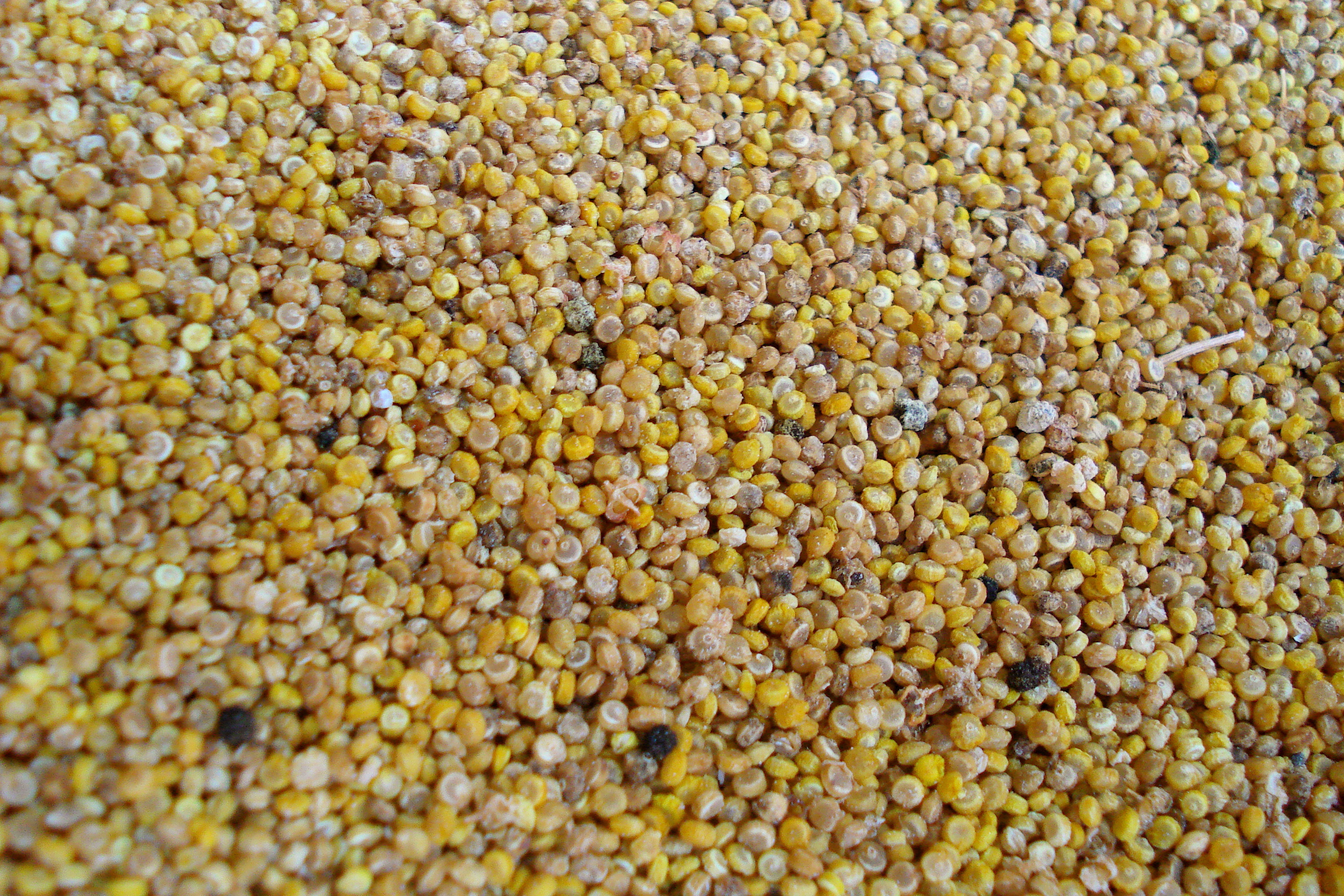


Quinoa (Spanish – Quinua, Quechua, Kinwa) is a member of the Goosefoot family and belongs to the genus called Chenopodium. These are weedy plants with small green flowers and scruffy foliage. These plants are cultivated by the Incas in the Altiplano of Bolivia, and Peru for the last 7,000 years challenging highly different environmental conditions. Quinoa is not a true cereal and is sometimes called pseudocereal as it does not belong to the Grass family like the true cereals such as Wheat and Rice. Quinoa plants produce fruits and seeds used as flour for making bread, pasta, breakfast flakes, and other staples.


Quinoa is one of the staple foods of the people of the Andes region of South America. It is described as complete food because of its protein quality; the balance between protein, fat, and carbohydrates. Unlike Wheat, and Rice, it is a good source of amino acid Lysine. It is a good source of minerals like iron, calcium, potassium, sodium, and zinc. The chemical analysis of Chenopodium quinoa seeds reveals the presence of several chemical compounds such as Phenols, Sterols, Terpens, Saponins, Amides, and Alkaloids. However, I would like to emphasize about the presence of Polyamines, a class of chemical compounds found in all plant, and animal cells. The presence of Saponins in the outer layers of Quinoa seeds imparts a bitter taste to the food preparations and often people refuse to use Quinoa because of its taste, and smell.
WHAT ARE POLYAMINES?
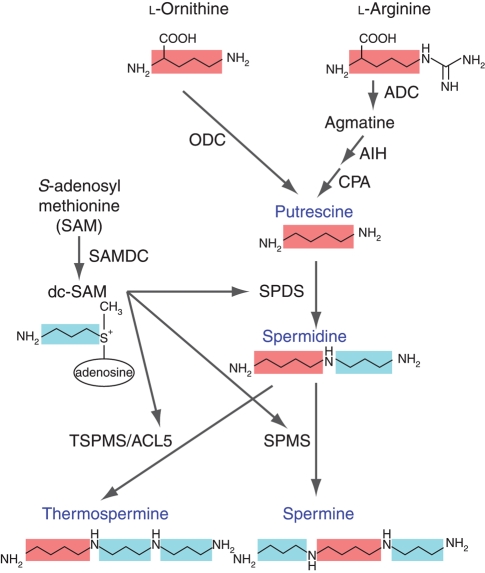

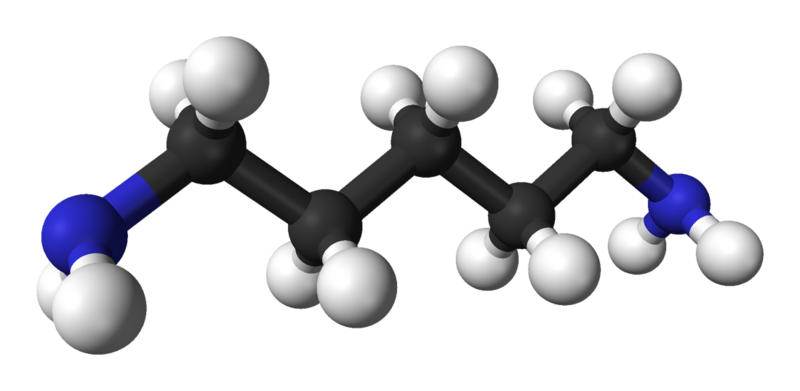



Polyamines are described as small aliphatic amines found in all animal, and plant cells. They are the major components which are not only involved in fundamental cellular processes, for example, cell proliferation, cell differentiation, and programmed cell death, but also in adaptive responses to environmental stresses.The human body Polyamine Pool has three major sources; 1. Synthesis within the body, 2. Production by microbes that inhabit the intestinal tract, and 3. dietary uptake of Polyamines. According to a study, the concentration levels of these chemical compounds in human male Semen are, 1. Putrescine ranged from 0 to 1.96 mmol/L ( mean value= 0.10 mmol/L), 2. Spermidine ranged from 0.017 to 0.96 mmol/L(mean value= 0.16 mmol/L), and 3. Spermine ranged from 0.13 to 20.80 mmol/L(mean value= 2.43 mmol/L). It must be noted that the odor sensation is influenced by both arrangement of atoms within the molecule as well as the particular chemical groups that comprise the molecule. Olfaction is 10,000 times more sensitive than taste. The levels of these compounds in popular dietary items is shown in the tables below:

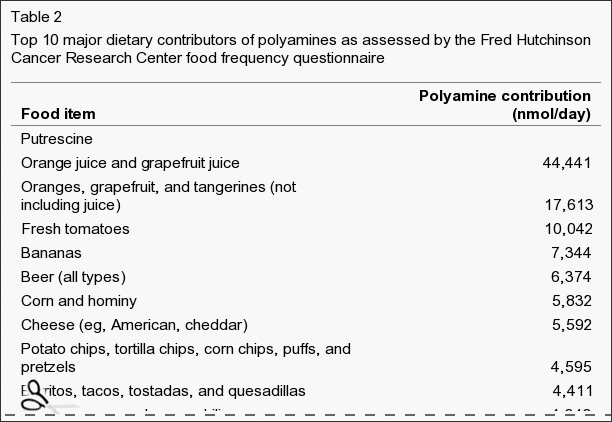
To describe the role of Polyamines in Plant and Human Physiology, I would like to quote from the abstract prepared by Lefevre PL, Palin MF, and Murphy BD in their article titled ‘Polyamines on the reproductive landscape’, and its full text may be viewed at:
http://www.ncbi.nlm.nih.gov/pubmed/21791568
The polyamines are ubiquitous polycationic compounds. Some of these namely spermine, spermidine, and putrescine are essential to male and female reproductive processes and to embryo/fetal development. Indeed their absence is characterized by infertility and arrest in embryogenesis. Mammals synthesize polyamines de novo from amino acids or import these compounds from the diet. They are essential regulators of cell growth and gene expression and they are implicated in both mitosis and meiosis. In male reproduction, polyamine expression correlates with stages of spermatogenesis and they function to promote sperm motility. Polyamines are involved in ovarian follicle development and ovulation in female mammals. Polyamine synthesis is required for steroidogenesis in the ovary. Polyamines play the role in embryo implantation. Elimination of polyamine synthesis abrogate embryo development at gastrulation. Polyamines play the role in implantation, in decidualization, in placenta formation and function. Polyamine deprivation during gestation results in intrauterine growth retardation. Dietary arginine and dietary polyamines act as nutritional regulators of fertility.
Similarly, I can quote several other research papers that describe the physiology of natural polyamines and their significance in performing a variety of metabolic functions. Please read the articles cited as references.
QUINOA’S PHYTOCHEMISTRY – A NATURAL APHRODISIAC:

It is important to recognize significance of Polyamine compounds such as Putrescine, Spermidine, and Spermine in Reproductive Biology. Animals derive essential amino acids and other organic compounds from their diet. Nutrition plays an important role in the reproductive success of an organism. Since scientific literature supports the view that dietary polyamines act as nutritional regulators of fertility, they can be easily incorporated into human dietary regimen, particularly of those young men and women who are sexually active and plan for reproductive success that ensures the birth of healthy babies. I am recommending the use of Quinoa as it is easy to verify presence of nutritional polyamines by conducting a simple ‘Smell Test’. Its easy and takes only 90 seconds.
THE QUINOA CHALLENGE: THE PROOF OF THE PUDDING IS IN THE EATING:
I am asking my readers to take the ‘Quinoa Challenge’, which is a simple ‘Smell Test’ to discover presence of Polyamines Putrescine, Spermidine, and Spermine in the breakfast cereal of Quinoa Flakes made by Ancient Harvest. In 90 seconds, you will find the dietary polyamines without conducting a time-consuming chemical analysis. If your Quinoa porridge has Semen-like smell, it most certainly contains those Polyamines. As the saying goes: “The Proof of the Pudding is in the Eating.”



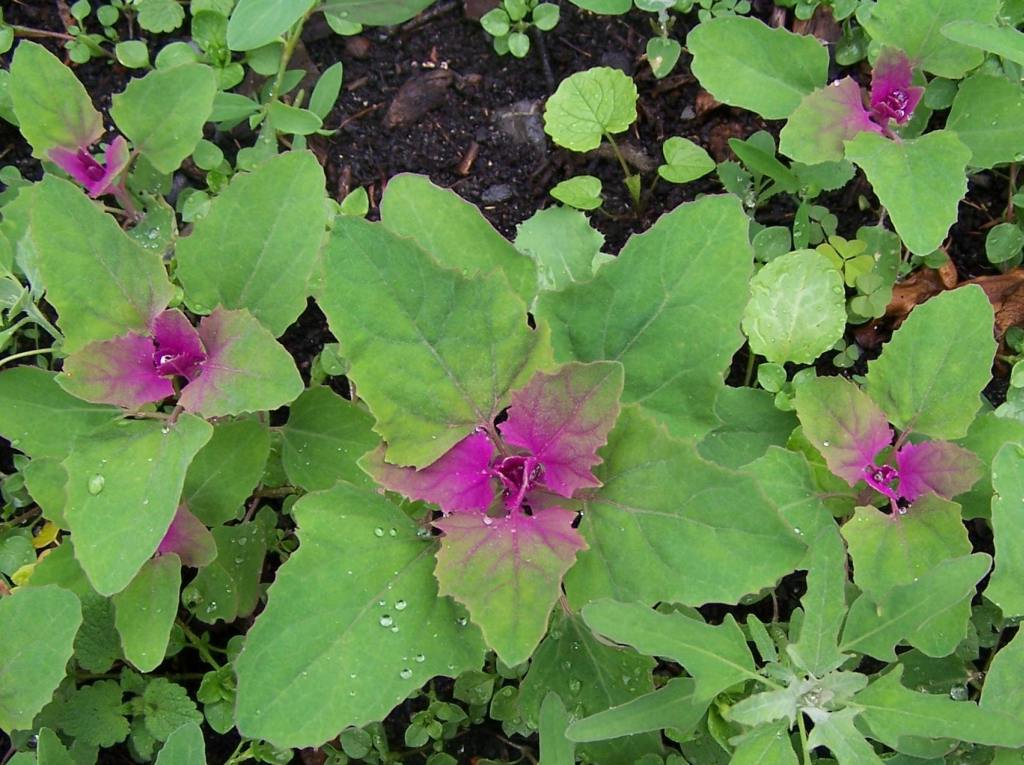

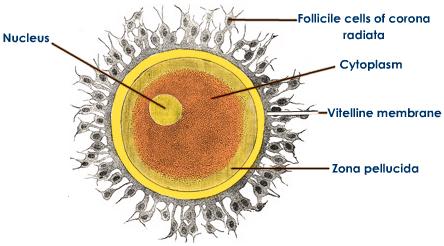

THE PROBLEM OF MALE POTENCY – THE ROLE OF QUINOA AS AN APHRODISIAC:

The term potent is derived from the Sanskrit word “PATI” which means Master or husband. It generally refers to the ability to have erection and hence have the power or energy or strength or capacity to engage in sexual intercourse. Very often, when human males are concerned about the problem of male potency they describe it as a problem of erectile dysfunction. When females are investigated for the problem of infertility, investigation of the male partner sometimes reveals the problems such as very low sperm counts and other abnormalities associated with the Seminal Fluid or Semen analysis. For men, impotence involves the problem of getting sexually excited, stimulation of sexual desire for the successful execution of sexual intercourse. I would not propose Quinoa as an Erotic Food, or a Love Potion. Man’s universal attribution of libidinous effects to certain foods originated in the ancient belief; the belief in the therapeutic efficacy of “signatures.” If an object resembled genitalia, it is believed in several native cultures, that the object possessed sexual powers. Because of this belief, people describe the legendary aphrodisiac powers of Ginseng root and powdered Rhinoceros horn. Drugs like alcohol, marijuana, mescaline, opium, and others may cause sexual excitation through disinhibition. The fear, anxiety associated with erectile power and sexual performance may indeed have an inhibitory influence and may diminish sexual capacity. Inhibition could be the cause of much sexual malfunctioning. My recommendation of Quinoa as an aphrodisiac is based upon other considerations. Androgens are sex hormones that influence the growth and development of the male reproductive system. Testosterone is produced by the male testes. In the male, the Interstitial Cells of Leydig in the connective tissue surrounding the sperm-producing tubules of the testes are responsible for the production and secretion of androgens which are essential for the growth of the reproductive organs, the formation of sperm cells and for maintenance of sexual interest and libido or sexual drive. Secondly, Polyamines are required to protect the sperm cells during their journey in the female genital tract. Polyamines are alkaline compounds that counteract and buffer the acidic environment of the vaginal canal and protect DNA inside sperm cells. From a study of Phytochemistry, plant physiology, human physiology, biochemistry, medical biology, endocrinology, embryology, and human nutrition, it could be recommended to include some dietary sources of polyamines during the reproductive activity of both men and women to ensure the birth of viable, and healthy babies. For that reason, I am suggesting the use of Quinoa and if there is any doubt, perform the ‘Smell Test’ to verify presence of aromatic amino compounds which play a role in both mitosis, and meiosis cell division apart from their association with Nucleic Acids like DNA, RNA, and their role in activity of Ribosomes and the Cell Membrane. Studies indicate that reducing concentration of Polyamines in the body pool may slow cancer process as the rapidly proliferating cancer cells need polyamines. To study viruses, Virologists use Chenopodium quinoa plants as plant virus hosts. Development of Polyamine Database for assessing Dietary Intake has been recommended and I am hopeful that nutritional guidelines will become available. Quinoa is a functional food and it must be used in support of various physiological functions and its intake and of other polyamines could be also important in management of cancer. The biosynthesis of chemical molecules by plants is a creative process and the mechanism is creative as it generates diversity while the molecules maintain their unchanging properties and characteristics.
Simon Cyrene
References:
1. Polyamines and the integrity of the plant body. Galston AW
http://www.ncbi.nlm.nih.gov/pubmed/11540939
2.1,4-Diaminobutane(putrescine) spermidine and spermine. Tabor CW, Tabor H.
http://www.ncbi.nlm.nih.gov/pubmed/786151
3.Physiology of the natural polyamines. Raina A, Janne J
http://www.ncbi.nlm.nih.gov/pubmed/169440
4. Polyamines in Plant Physiology. AW Galston, RK Sawhney
http://www.ncbi.nlm.nih.gov/pubmed/11537482
5. Chenopodium quinoa(Wild): Composition, Chemistry, nutritional and functional properties. Abuqoch James LE
http://www.ncbi.nlm.nih.gov/pubmed/19878856
6. Advances in polyamine research in 2007. Kusanot, Yamaguchi K et al.,
http://www.ncbi.nlm.nih.gov/pubmed/17351711
7.Development of polyamine database for assessing dietary intake. Zoumas M C
http://www.ncbi.nlm.nih.gov/pubmed/17524725

